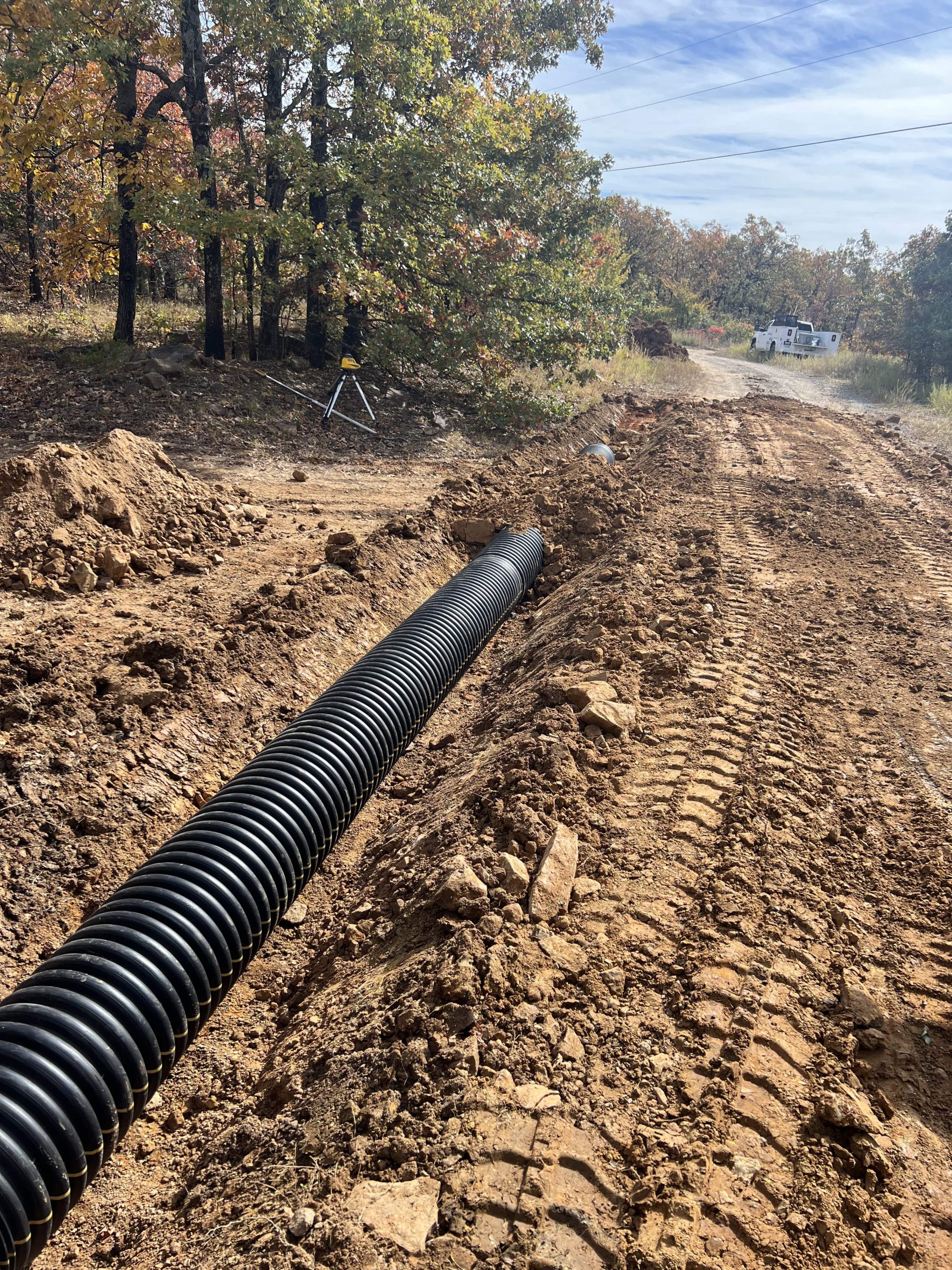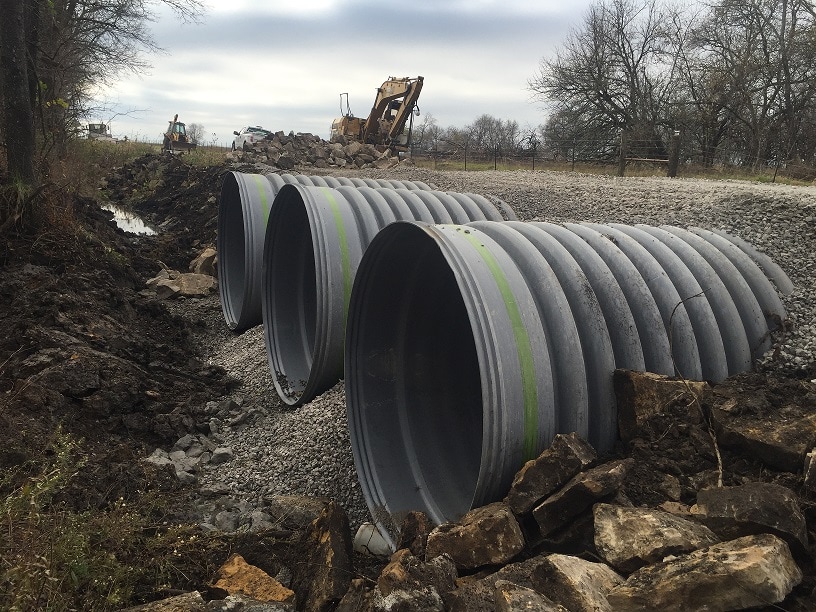Comprehensive Culvert Installation for Efficient Drain
Comprehensive Culvert Installation for Efficient Drain
Blog Article
Achieve Success With Culvert Setup: Best Practices Revealed
Mounting culverts is a crucial element of infrastructure advancement, requiring precision and adherence to finest methods for long-lasting success. Whether undertaking a new task or maintaining existing culverts, the process needs careful attention to information. From the initial product option to the lasts of maintenance, each step plays an important function in the capability and longevity of the culvert system. In this discussion, we will discover essential strategies, ideas, and standards that can considerably affect the end result of culvert installments. Understanding these essential variables is paramount in ensuring the structural stability and effectiveness of culverts, making it imperative for professionals and enthusiasts alike to comprehend these foundational principles.
Correct Product Selection

Concrete culverts are understood for their toughness and resilience, making them ideal for rush hour locations and huge water flow quantities. Corrugated metal culverts are light-weight and simple to mount, perfect for short-term applications or scenarios requiring a quick option. Plastic culverts are lightweight, corrosion-resistant, and cost-efficient, making them a prominent choice for different culvert installations. Composite products supply a mix of residential properties from different products, giving an adjustable option for details project demands. Ultimately, choosing the appropriate material is necessary to ensure the culvert system functions efficiently and has a long solution life.
Website Preparation Tips
Reliable website prep work is crucial for the effective setup of culverts, making certain proper integration with the surrounding environment and long-term functionality. Prior to starting the installment process, it is critical to carry out a comprehensive site evaluation to identify the appropriate size, type, and positioning of the culvert.
Following, the soil conditions need to be examined to evaluate the security and load-bearing capability of the ground. Depending on the dirt type, additional procedures such as compaction or support may be necessary to stop clearing up or shifting of the culvert in time. Proper water drainage considerations need to additionally be taken into account to avoid water build-up around the culvert, which can lead to disintegration or structural damages.
Finally, developing correct access to the website for construction equipment and making sure conformity with any regulative demands are important aspects of site preparation. By complying with these site prep work ideas, the installation of culverts can be accomplished effectively and efficiently, advertising the long life and performance of the culvert system.
Installment Techniques

To start with, it is crucial to accurately gauge and note the place where the culvert will be installed. The trench needs to be dug to the proper depth and size, taking into account the dimension and type of culvert being mounted.
Proper positioning is crucial for the capability and longevity of the culvert. By following these installation techniques carefully, the culvert will be efficiently mounted, adding to the overall success of the job.
Upkeep Guidelines
After finishing the careful installment of culverts complying with proper methods, adherence to upkeep guidelines is paramount to ensure their durability and capability. Normal inspection is vital to recognize any kind of signs of wear, blockages, or architectural damages at an early stage. Assessments need to include looking for sediment accumulation, disintegration around the culvert sides, and any type of indicators of corrosion or corrosion. Cleaning particles, such as branches or leaves, from the inlet and electrical outlet regularly is important to prevent blockages that can lead to flooding.
Additionally, maintaining proper slope and placement of the culvert is essential for efficient water flow and to avoid possible clogging. Road construction. Any kind of plant life near the culvert ought to be managed to avoid origin invasion and blockages. In locations vulnerable to freezing temperature levels, executing winter season maintenance practices such as guaranteeing correct drain to stop ice accumulation is vital
Regular upkeep not only extends the lifespan of culverts yet likewise guarantees they function successfully in handling water flow, reducing the threat of damages to facilities and surrounding areas.
Troubleshooting Common Issues
Attending to usual problems that may develop with culverts requires a systematic method and careful evaluation of the underlying reasons. One regular trouble experienced is clogs within the culvert, frequently triggered by debris accumulation or debris build-up. To troubleshoot this concern, regular evaluations and upkeep are vital to make certain proper performance. Additionally, inappropriate installation leading to imbalance or poor incline can lead to water circulation disruptions or even structural damage. By checking the culvert positioning and incline frequently, possible problems can be determined and dealt with promptly.

Conclusion
To conclude, accomplishing success with culvert installment requires cautious factor to consider of material choice, detailed site preparation, proper installation methods, and normal upkeep. By adhering to finest practices and fixing common problems, the honesty and capability of culverts can be made certain. It is essential to stick to guidelines and referrals to avoid any potential concerns and make certain the longevity of the culvert system.
Report this page